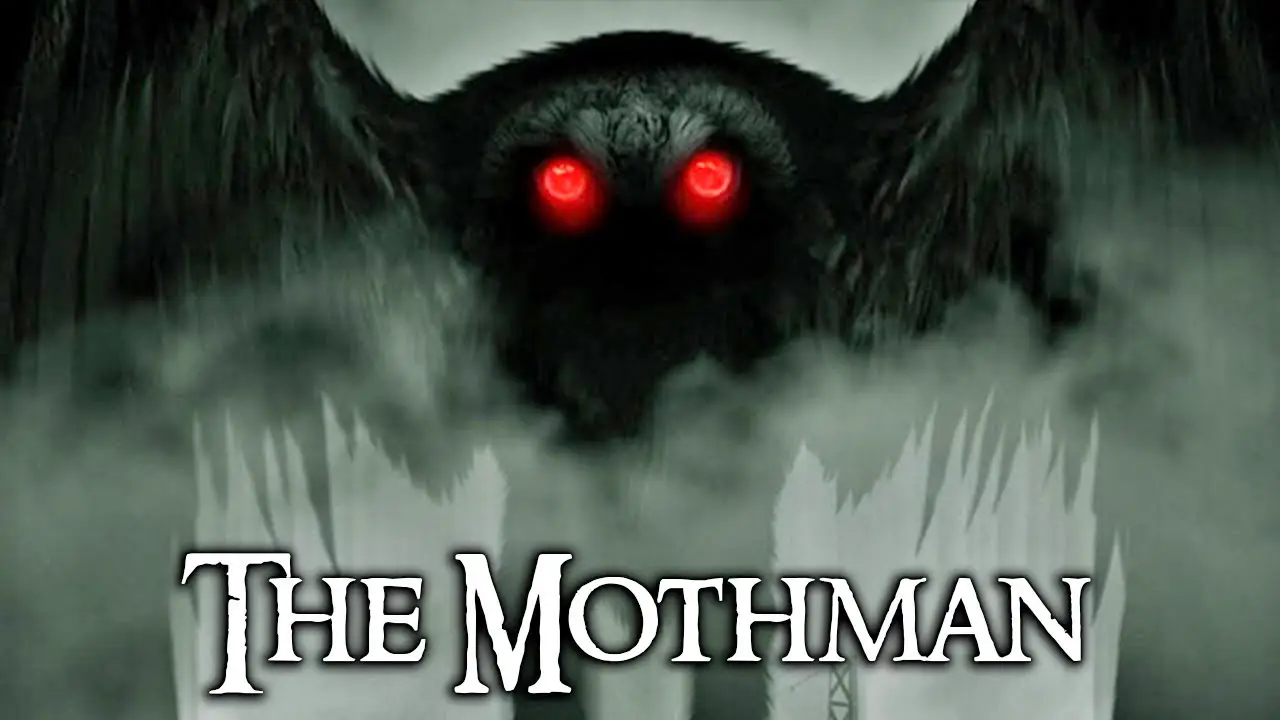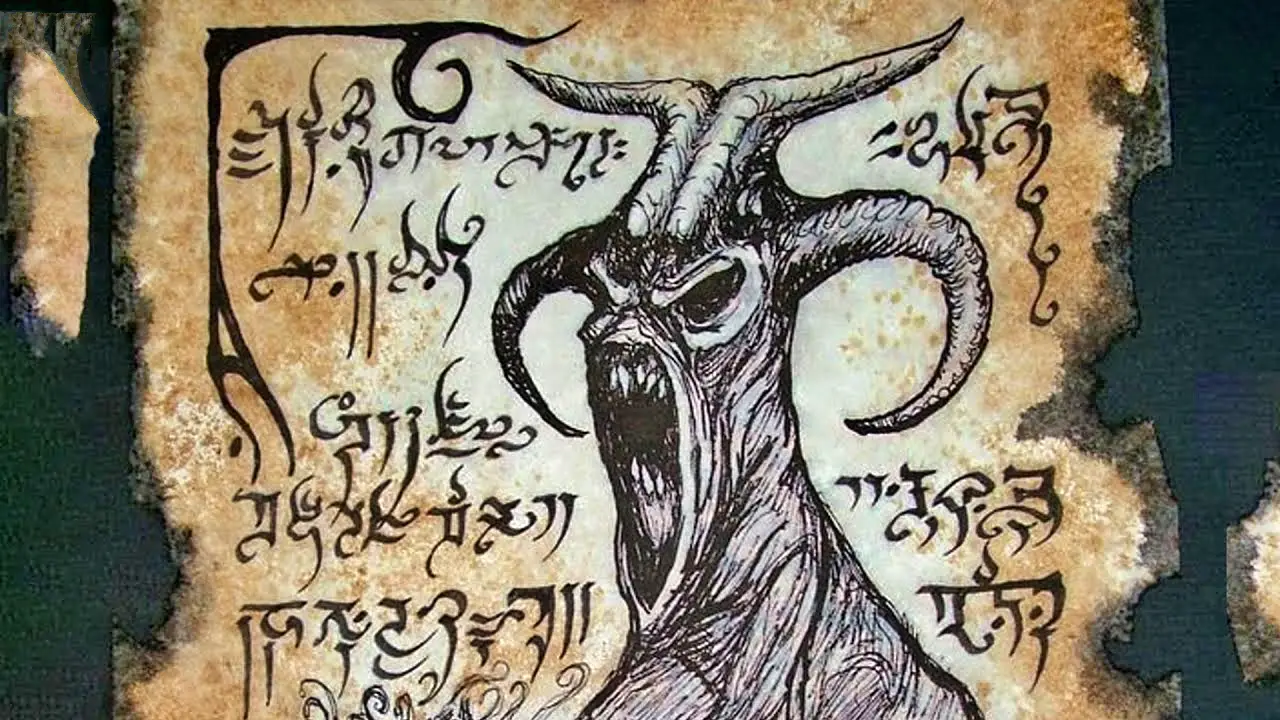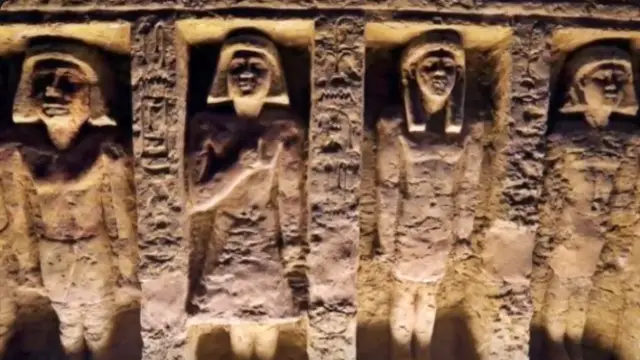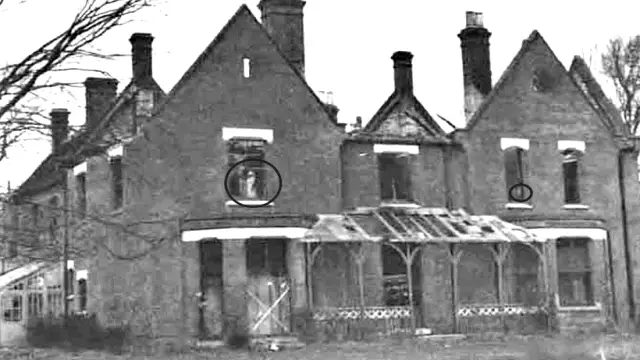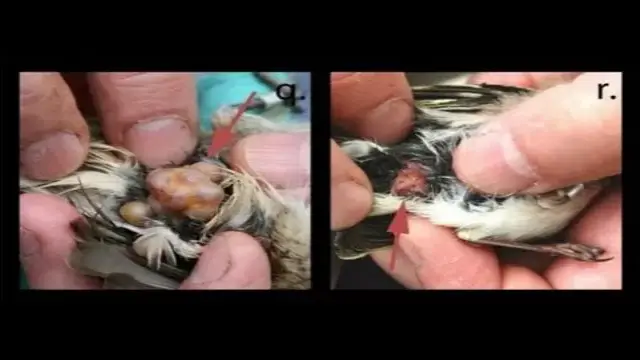. 
William Friedkin’s attempt to get his French Connection mojo working again in the era of Miami Vice is a blend of trashy thriller and something darker, close in theme to Friedkin’s Cruising (1980) in watching a protagonist engage in a subculture and become increasingly addicted to its mores. Scripted by Friedkin and Gerald Petievich from Petievich’s novel, To Live and Die’s initial deviation from standard cop-shop dramatics is to focus on a unit of Secret Service agents, the two inseparable partners of which, Richard Chance (William Peterson) and Jimmy Hart (Michael Greene), eliminate an Islamist suicide bomber at the opening, before Chance indulges his fondness of bungee jumping to celebrate Hart’s upcoming retirement.
Before you can say “McBain”, Hart is gunned down brutally whilst out on his last assignment, attempting to track down slimy counterfeiter Eric Masters (Willem Dafoe), and Chance vows revenge at all costs. His new partner, John Vukovich (John Pankow), is a competent loaf of white bread, who soon finds his ethical standards, along with every other variety of standard, tested by Chance’s unstinting expedience.
To Live and Die is a veritable lexicon of ‘80s tropes and Hollywood fetishisms mercilessly satirised since in everything from The Simpsons to The Player, and yet it’s got a gamy flavour that resists comedy. The grot-gilded photography by Robby Muller captures, like many other ‘80s thrillers, an urban landscape that’s pretty and shiny in places but rotten and corrupt beneath, populated by sleazebags and with heroes who morals are almost null and whose personalities are almost opaque, replete with scenes in slimy titty bars and kinkiness in white-walled mansions, an age living on the metaphorical smell of pure sensation – which would have all made perfect sense in the age of cocaine orgies and yuppie hubris.
Petersen’s character is period masculinity run amok: prone to designer stubble and aviator shades, he’s an adrenalin junkie for whom doing his job, and going beyond the job, are just further means to get high. He keeps a parolee informant, Ruth Lanier (Darlanne Flueghel), in what is basically forced concubinage, dropping in when he feels like it to strip off and make sweaty cyborg-level love.
It doesn’t take long to realise that’s he’s hardly much better than the creature he’s chasing, and whilst being just as big an asshole, he’s like the man Popeye Doyle may have wished he was. As in Connection, the cop’s quarry, Masters, lives very happily in higher socio-economic bracket; but unlike Doyle, Chance isn’t rendered preferable by being clearly the low man on the totem pole. He’s another player.
Masters is an ex-con who was sprung for his artistic ability, and now he lounges around his mansion, burning his artworks at whim, and printing large stacks of moolah, in between arranging threesomes with his bi-fi dancer girlfriend Bianca Torres (Debra Feuer). To bring him down, Chance and Vukovich decide to pose as buyers for his faux-lucre, but, refused a stake by the Treasury, Chance takes a far more dangerous path, ripping off a drug-money courier, an act that gets him and his partner in the hottest of hot water. Along the way they encounter such experts in slimebaggery as John Turturro and Dean Stockwell.
Pauline Kael called The French Connection a film in the new genre of the “Cinema du Zap” – speedy, lean, sharply made, dissociated from traditional literary and clear sociological values in skating across a chitinous surface of implications. Although it’s a dated pronouncement – the Cinema du Zap had yet to produce Michael Bay, where Connection if anything is still admired today for its off-hand grit and skilful mix of New Wave and blockbuster templates – it’s still a neat phrase. Here, Friedkin brings an updated version of the Cinema du Zap in upping the flashiness to the max, aping Michael Mann in cutting his early sequences up into cryptic flourishes, framing buildings, bridges, parks and people like posed elements in art photography, and adopting a fit but amusingly so-‘80s synth-pop score by Wang Chung.
The fast-‘n’-sexy thriller was the Hollywood sub-genre that Joe Eszterhas annexed and laid waste to. But it’s also quite in line with Friedkin’s interest in the immutably seamy side of human nature and the way it can infect even the most stable of institutions. Living up to the pretences of the genre style limits Friedkin’s lingering desire to make a tale about the corrupting nature of power and the less-than-courtly ideals of men in law enforcement. Vukovich’s final plunge into entirely adopting Petersen’s dress and manner, even claiming Ruth as his chattel at the end, is in line with the final loss of distinctness in works like The French Connection> and Cruising, but the resulting film hovers uneasily between being a pop thriller for the Don Johnson crowd and a cynical, dissolute noir.
Friedkin makes a meal out of detailed sequences such as when Dafoe engages in his counterfeiting craft, and the startlingly well-done car chase that is something a lost treasure of ‘80s action; but the film chucks believability when it suits (see how many blows from a piece of 4×2 Pankow receives in the finale and yet still retains full body motor control!) and tosses in lukewarm suggested lesbian trysts, flashy club dance sequences, and extreme sports, to touch all the fashionable bases. A sex scene between Flueghel (or her butt-double) and Petersen sports an intricacy of flashed skin as choreographed as the dancing and action, so much so you can almost hear the slobbering around the executive table. The two personas of the film are irreconcilable, because one is an advertisement for all that’s fast and loose, and the other a screed against it.
But that’s an old contradiction in the genre, and To Live and Die is a long way from being the turkey many called in ’86; it’s harsh, adult, and altogether entertaining. Petersen, whose only previous film work was a small part in Thief, is strong, and Dafoe, as always, makes a great villain, suggesting with his feral sneer and cherubic lips some dark angel long since fallen.

